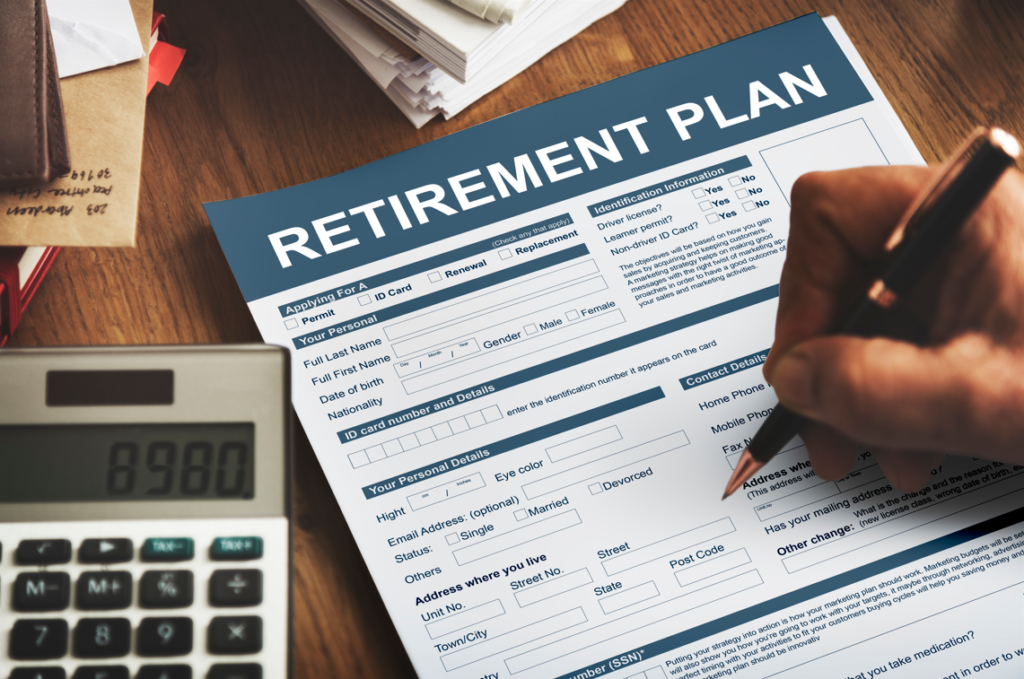How does the strategy work?
This strategy involves using equity from your home to invest in income-producing assets with the possibility of growth. Over time, the earnings from these investments may be paid towards your home loan, helping to pay it off faster than if you were just making regular payments.
Typically, the interest on investment loans is tax deductible. That means, this strategy has the potential to create a tax saving, which can also be put towards your home loan. In addition, if your new investments go up in value, you’ll be building your wealth at the same time.
At the end of the first year, the goal is to increase your investment loan by the same amount that you have paid off your home loan and reinvest that increased amount. The idea is to repeat this process each year until your investment loan entirely replaces your home loan.
What are the risks?
Debt recycling is considered a high-risk strategy because you’re using borrowed money to invest and using your own home to secure that debt. If your investment performs poorly or interest rates increase, you could face significant financial stress or even put your family home at risk. Before diving into this strategy, it’s important to carefully consider these points:
- Borrowing money to invest can lead to bigger gains when markets are rising. However, when markets are falling, your losses will be larger as you still have to pay interest and repay the loan.
- If the interest rate on your loan isn’t fixed, a rise in interest rates can lead to your repayments increasing. This can put pressure on your cash flow, which can be compounded further if the income from your investments is lower than expected.
- Assets bought with borrowed funds can fall in value. This means that even if you receive tax deductions from the investment over time, it can still fall in value, and you can still be in debt even when you sell the asset.
- It takes willpower and discipline to use the investment income and tax savings for your home loan each year, instead of spending it on a ‘want’ like a holiday, or new car.
- If you decide to pursue this strategy, it’s worth reviewing your insurance cover to ensure the extra loan can be repaid in the event something happens to you.
Debt-recycling checklist
For a debt recycling strategy to work, you need:
- A home loan, with equity in your home
- A regular income that is generated independently of this debt recycling strategy. This income can deliver a surplus cash flow to cover the interest payments on your investment loan
- A long-term investment focus
- A willingness to increase your debt and hold an investment loan
- Tolerance for risk and short-term fluctuations in investment value
- To consider income protection insurance, which may provide replacement income in case you’re sick or injured and unable to work.
Considering debt recycling?
Debt recycling isn’t suitable for everyone. If you’re considering this strategy, it's important to understand all the risks involved. Seeking financial advice may help you to determine if this strategy is right for you.





